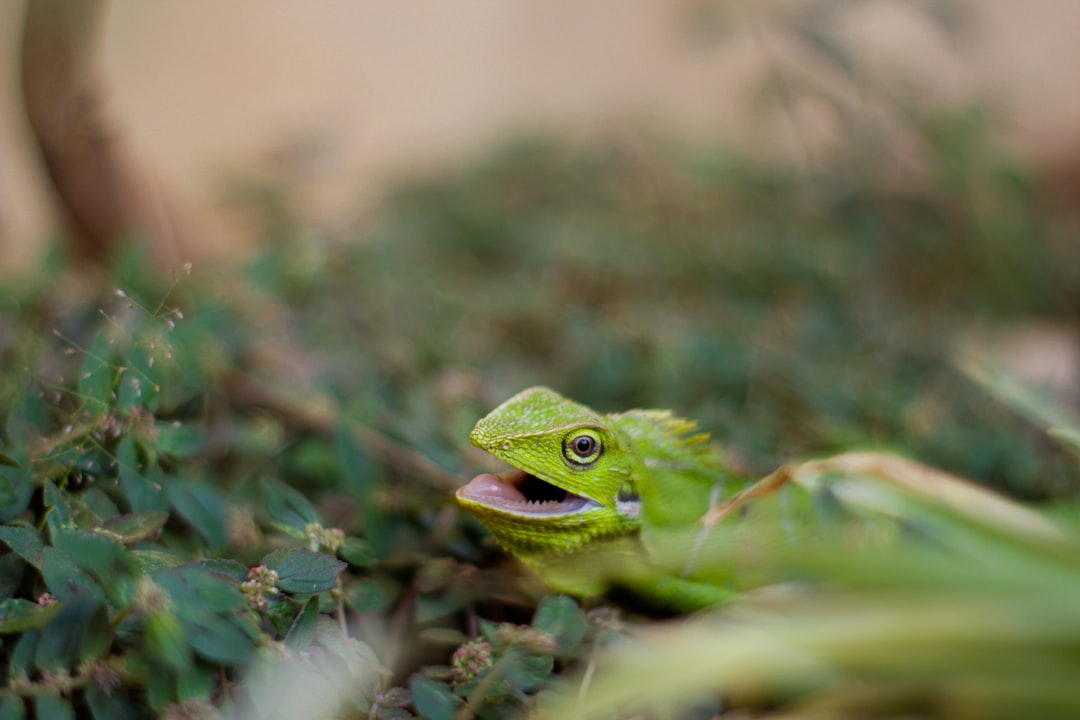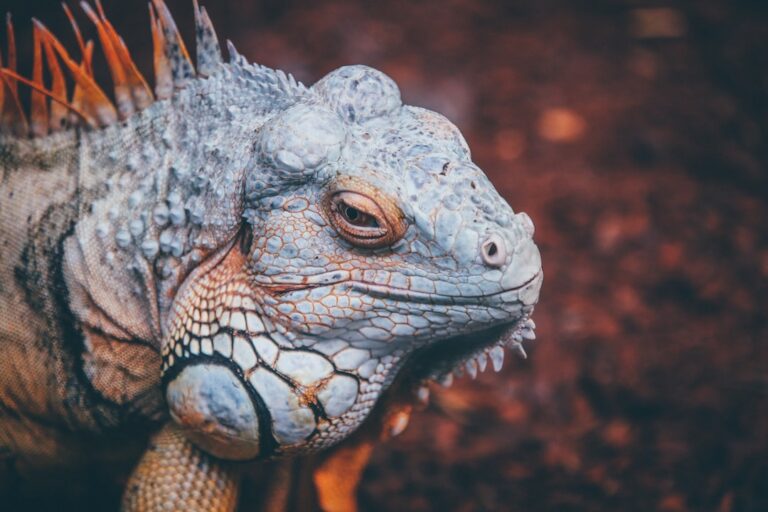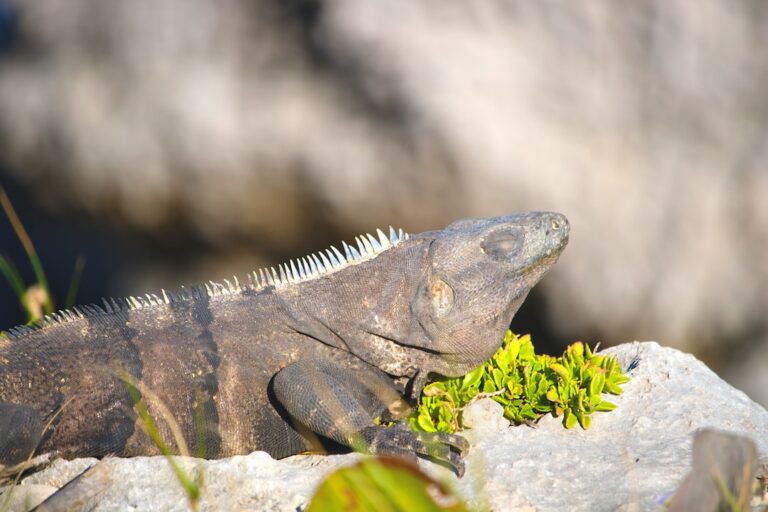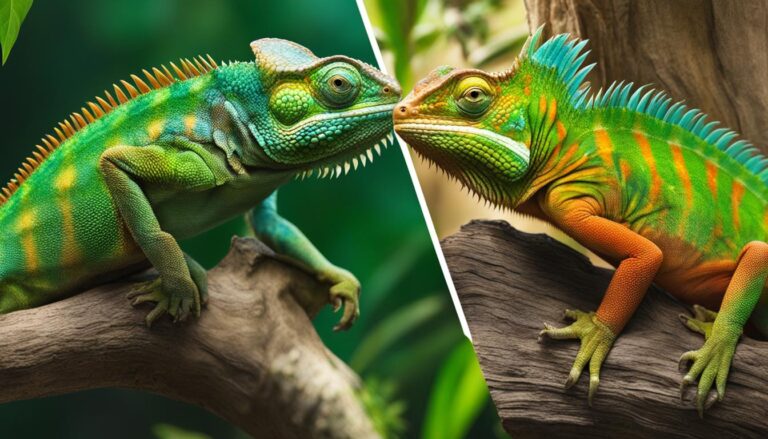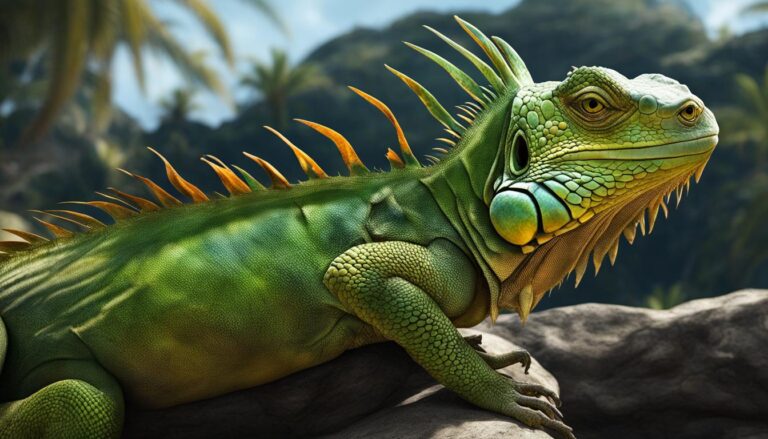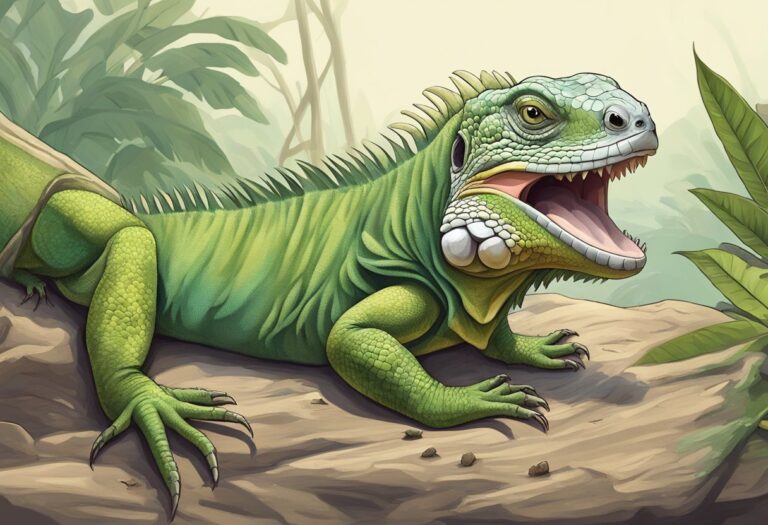Do Iguanas Eat Other Lizards?
Iguanas are a type of lizard that are native to Central and South America. They are known for their distinctive appearance, with long tails, spiky crests along their backs, and a dewlap under their chin. Iguanas are herbivores, meaning they primarily eat plants and vegetation. Their diet consists of leaves, flowers, fruits, and even some types of algae. They have specialized teeth that allow them to efficiently chew and process plant material.
Table of Contents
Types of Lizards Found in Iguana Habitat
In the habitats where iguanas reside, there are often other types of lizards that share the same environment. Some of these lizards include anoles, geckos, skinks, and monitor lizards. Each of these lizard species has its own unique characteristics and adaptations that allow them to thrive in their specific habitat. Anoles, for example, are known for their ability to change color and their agility in climbing trees. Geckos have specialized toe pads that allow them to cling to surfaces, even upside down. Skinks have smooth scales and long bodies that enable them to move quickly through the underbrush. Monitor lizards are larger in size and have powerful jaws that allow them to consume a variety of prey.
Do Iguanas Consider Other Lizards as Prey?
While iguanas are primarily herbivores, there is some debate about whether they view other lizards as potential prey. Some studies suggest that iguanas may occasionally consume smaller lizards if they come across them while foraging for food. However, it is important to note that this behavior is not common or typical for iguanas. Their main source of nutrition comes from plant material, and they do not actively seek out other lizards as prey.
Iguana Feeding Behavior towards Other Lizards
When it comes to feeding on other lizards, iguanas do not actively hunt or pursue them. If an iguana does come across a smaller lizard while foraging, it may attempt to capture and consume it. However, this behavior is rare and not a significant part of their diet. Iguanas are primarily focused on finding and consuming plant material, as this provides them with the necessary nutrients and energy they need to survive.
The Impact of Iguanas on Other Lizard Populations
Due to the fact that iguanas do not actively hunt or prey on other lizards, their impact on other lizard populations is minimal. While there may be occasional instances where an iguana consumes a smaller lizard, this does not pose a significant threat to the overall population of other lizard species in their habitat. The main factors that influence lizard populations are typically related to habitat loss, competition for resources, and predation from other animals.
Factors that Influence Iguana Diet
The diet of iguanas is influenced by several factors, including the availability of food and environmental conditions. Iguanas are opportunistic feeders, meaning they will consume whatever plant material is readily available to them. In their natural habitat, they have access to a wide variety of plants and vegetation, which allows them to obtain the necessary nutrients for survival. However, in areas where their natural habitat has been disrupted or destroyed, iguanas may have limited access to food sources, which can impact their diet.
Iguanas as Opportunistic Predators
While iguanas are primarily herbivores, they are also opportunistic predators. This means that if the opportunity presents itself, they may consume small animals or insects that they come across while foraging for food. However, this behavior is not a significant part of their diet and is more of a supplement to their plant-based nutrition. Iguanas have been known to consume small birds, eggs, and even small mammals on occasion, but this behavior is not common or typical for them.
Can Iguanas Coexist with Other Lizard Species?
Iguanas can coexist with other lizard species in their habitat without posing a significant threat to their populations. While there may be occasional instances where an iguana consumes a smaller lizard, this does not have a significant impact on the overall population of other lizard species. In fact, the presence of iguanas in an ecosystem can actually benefit other lizard populations by providing additional food sources and creating a more diverse and balanced ecosystem.
The Importance of Maintaining a Balanced Ecosystem
Maintaining a balanced ecosystem is crucial for the health and survival of all species within it. Each species plays a unique role in the ecosystem, and the interactions between different species are essential for maintaining the overall balance and stability of the ecosystem. When one species becomes dominant or when certain species are removed from the ecosystem, it can have far-reaching effects on the entire ecosystem. Therefore, it is important to understand the role that each species plays and to take steps to protect and preserve their habitats.
Understanding Iguana Predation on Other Lizards
In conclusion, while iguanas are primarily herbivores, there may be occasional instances where they consume smaller lizards if they come across them while foraging for food. However, this behavior is not common or typical for iguanas, and it does not pose a significant threat to the overall population of other lizard species in their habitat. It is important to understand the role that each species plays in an ecosystem and to take steps to protect and preserve their habitats to maintain a balanced and healthy ecosystem. By doing so, we can ensure the survival of not only iguanas but also other lizard species and the entire ecosystem as a whole.
If you’re curious about the eating habits of iguanas, you may also be interested in learning about why chameleons rotate their eyes. This fascinating article from Reptile Friend explores the unique ability of chameleons to move their eyes independently and the reasons behind this behavior. Discover the secrets of chameleon vision and how their eye movements help them survive in their natural habitats. To read more about this intriguing topic, click here.

